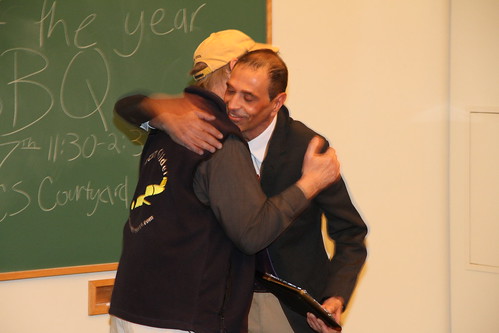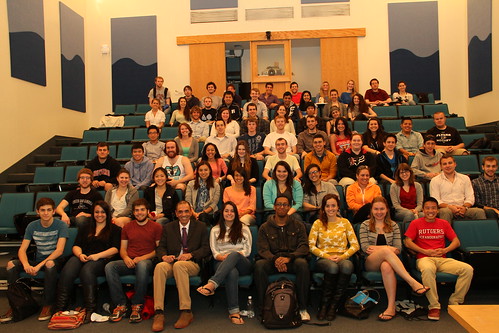Hey All,
So it has now been 4 days since we last made contact with Challenger. On Friday, a team was assembled and a plan made for if we do hear from the glider. First we were all added to a list in which if Challenger does have any abort or connection to the Dock Server, everyone on the team will get a message sent to our phones. From there, depending on the persons experience with working with the gliders, they will either open glider terminal and grab hold of the glider to load the new mission files to help Challenger get back on her feet, or immediately contact someone who is more comfortable with the procedure.
As to where Challenger is now, below is a map of surface currents from RTOFS and the MyOcean Models:
What is nice to see, is that both models are matching up nicely. Both are showing a cold core eddy that based off of Challengers last location, she was in the northwestern sector. From this information, she most likely is following the rotation of this eddy in the clockwise circulation. The other possibility is that Challenger could be pulled to the west with current seen in both models. This could be promising as the current runs towards St Helena.
To the North, Silbo is still pushing along to the Northwest, flying towards the Caribbean.
Recently, Silbo has made it far enough west to enter the area in which MyOcean provides a much higher resolution road map for our use; the data is now provided at 1/12˚.
Although the data is now at a higher resolution, it continues to show the currents flowing in the opposite direction than we hope to fly, which is then confirmed by Silbo’s calculated depth average currents and poor progress. However, if we continue to fight our way west, we will find the edge of the gyre which should aid us as we try and make some better progress.
Force Wind Sea & Honor













































